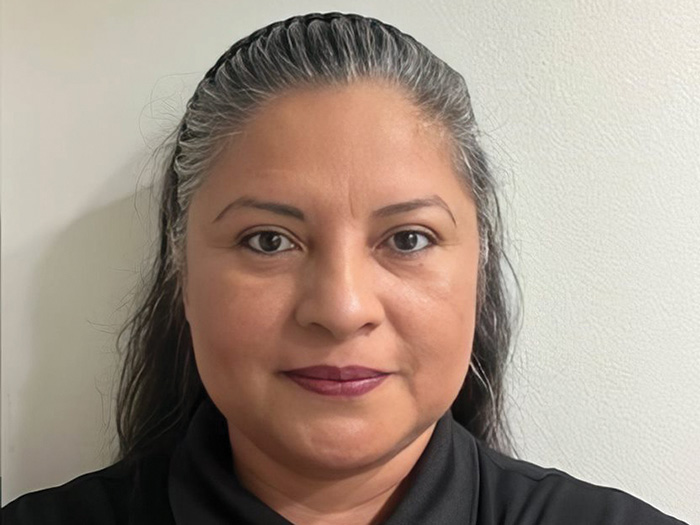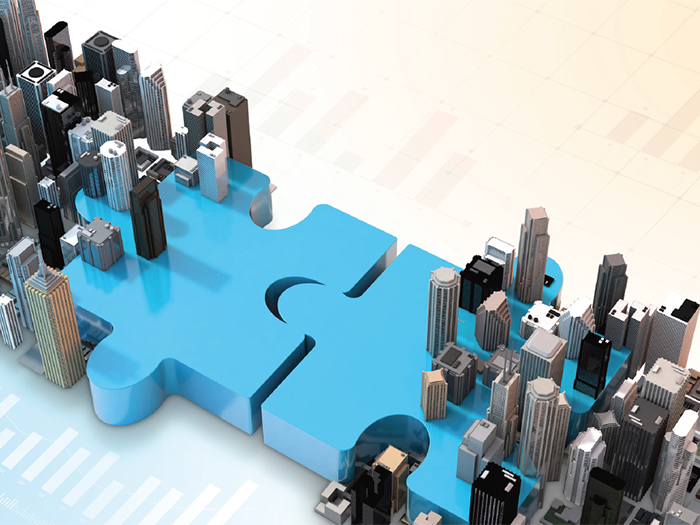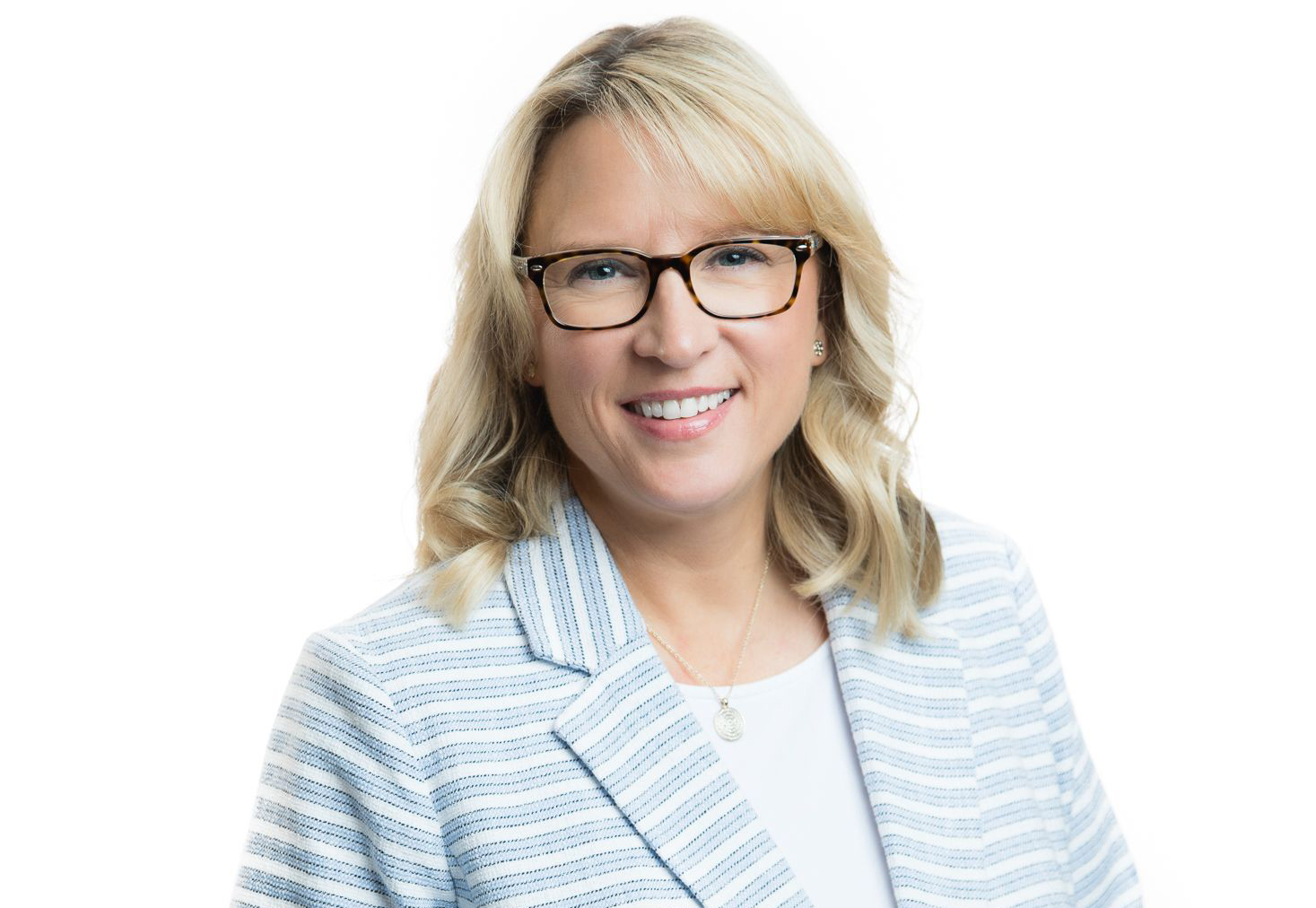Mother’s Day and Every Day, Let’s Support Mothers in the Workforce
As I sit down to write this column, my son is home sick. He’s not an easy patient. I’m jumping up every few minutes to fetch ginger ale or crackers or Tylenol, and testing him for COVID because I’m still dragging from it myself. The house is a mess. The laundry’s piling up. But back to the column …
Guess what I sat down to write about? Working mom burnout. Ah, the irony.
But burnout isn’t just a faddish phrase. It’s all too real. I feel it. I’ve been feeling it for a long time. I talk to people every day — many of them high-achieving women, and moms — who are feeling it right along with me.
At the risk of overgeneralizing, it’s probably safe to say that, on average, working women in two-parent households bear the greater burden of childcare and household responsibilities. Single working moms are taking on all of it, if the kids are too young to help out.
A survey published at the end of 2020 reported that working mothers were nearly 30% more likely to experience burnout than working dads, with unequal work/life demands being the primary cause cited. Cases of burnout were highest among Black, Asian and Latinx working mothers.
More than a year deeper into the pandemic, I’d be curious to see how those numbers have changed.
What does any of that mean for this industry? For employers? It means that working mothers in distress may be at higher risk for absenteeism, for presenteeism, for safety lapses and workplace injuries. They might also face more challenges while recovering from an injury.
Moms in the workforce are tough as nails. They come to work and get the job done with a smile, then basically juggle knives for the rest of their waking hours — often more waking hours than everyone around them. But that’s not a sustainable lifestyle in the long run.
So a lot of mothers in the workplace are quietly struggling, whether they’re back in offices or facilities, or whether they’re still working at the kitchen table. Others are simply leaving the workforce altogether.
Are we looking at working mothers as a risk group? Working parents, for that matter? Could we? Should we?
What’s clear, at least, is that we can look at the resources and support available for employees, with a close eye on where working mothers might need additional support in order to find balance, and to remain productive and safe at work.
The magic I’ve watched develop in this industry for 20 years is its creativity, and its ability to look past the lines of strict workers’ comp liability and see how off-work circumstances matter to the overall picture of employee health and injury recovery — we’ve learned to consider the whole person.
If we can lean in to what we’ve already learned from the biopsychosocial model, with added focus on supporting working mothers, we may be able to move the needle even farther on reducing risks to them or those around them.
And by the way … Happy Mother’s Day. &










